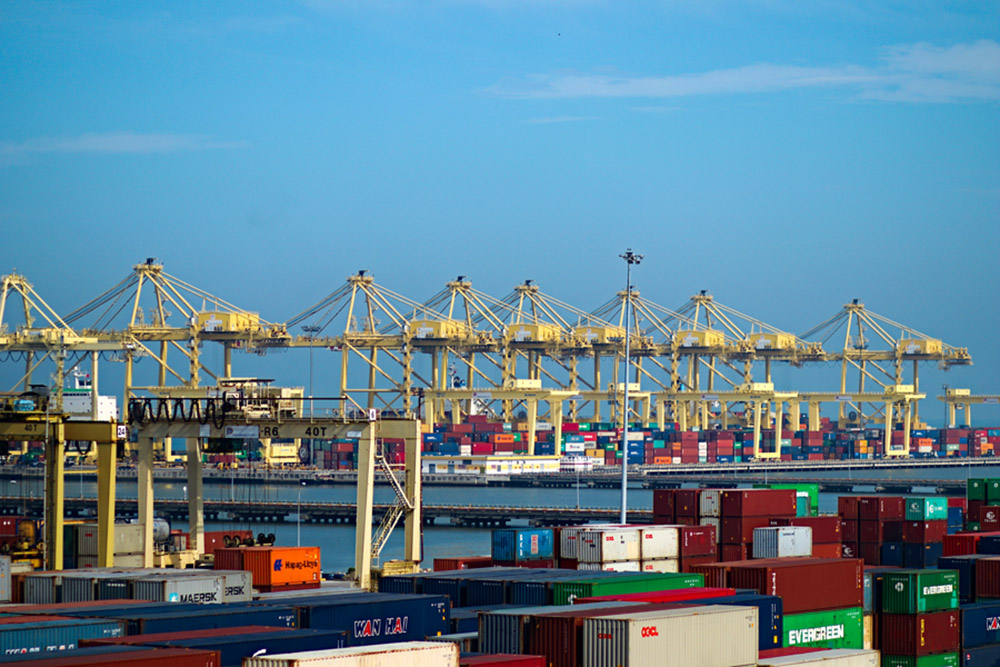
By Shadow Pine
Donald Trump’s return as the 47th U.S. President has brought tariffs back into the spotlight as a tool to reshape global trade. His proposed strategy, including a 10% tariff on all imports and up to 145% on Chinese goods, raises questions about its intent and potential outcomes.
Is this a calculated move to counter China’s trade practices, protect American industries, and forge a new economic order, or a risky gambit that could disrupt global markets?
Tariffs as Economic Leverage
Trump’s earlier tariffs in 2018 targeted Chinese subsidies and intellectual property issues, aiming to reduce U.S. reliance on Beijing. The proposed 2025 tariffs appear to escalate this approach, potentially addressing concerns about countries rerouting exports to bypass restrictions. Could the goal be to incentivize nations like Canada, South Korea, Japan, or ASEAN members to align with U.S. trade interests through bilateral deals offering lower tariffs? Such a strategy might resemble historical trade blocs, like the British Empire’s 1932 Ottawa Agreements, fostering a coalition of allies while isolating competitors.
The tariffs could encourage manufacturing shifts to countries like India or South America, filling gaps left by reduced Chinese imports (15% of U.S. imports in 2024). This might protect industries like steel and electric vehicles, potentially reviving U.S. jobs. However, could higher tariffs fuel inflation or strain relations with allies caught in the crossfire?
Geopolitical Implications
The strategy might exploit tensions along the Russia-China border, a 4,200-km fault line. Could offering Russia favorable trade terms peel it away from China, disrupting Beijing’s resource access? Similarly, ASEAN nations, wary of China’s South China Sea activities, 1,300 km from its mainland, carrying $3.5 trillion in trade, might see U.S. alignment as a counterbalance. Yet, how feasible is it to rally such diverse nations into a cohesive trade bloc?
Trump’s mention of a third term, later dismissed, might be a tactic to deter nations from delaying compliance in hopes of outlasting his presidency. Does this signal a long-term U.S. commitment to a tariff-driven order, or is it merely political posturing?
Economic and Moral Dimensions
Decoupling from China could be framed as both economic and ideological. Beyond trade, concerns about China’s actions in the South China Sea or its stance on global issues might resonate with those prioritizing values like freedom and stability. Could tariffs, such as the proposed 50% on Chinese EVs, strengthen U.S. industries while advancing these principles? Or might they alienate trading partners and escalate tensions?
Malaysia’s Position
For Malaysia, the tariffs pose challenges. As a trade-dependent nation, could Malaysia face pressure for allegedly facilitating tariff evasion? While parliamentary discussions may seek solutions, the outcome of negotiations with the U.S. remains uncertain. Might Malaysia need to pivot toward compliance or seek new trade alliances to mitigate impacts? Although, it appears impossible to sidestep U.S. with its 30% share of global consumption market.
A Waiting Game
Trump’s tariff strategy is divisive, some see it as a bold defense of U.S. interests, others as a reckless disruption of global trade. Its success hinges on diplomatic finesse and global responses. For now, questions linger: Will nations align with the U.S., or resist? Will tariffs revive American industries, or spark economic fallout?
Time will tell if this approach reshapes the world order or falters under its own weight.

Shadow Pine is an independent investigative journalist dedicated to uncovering hidden truths, especially in high-stakes and controversial matters. Operating discreetly to protect sources and maintain integrity, Shadow Pine focuses on stories that others might shy away from, aiming to bring clarity and accountability to the forefront for the well being of the nation.
The views expressed here are that of the author’s and do not necessarily reflect that of Weekly Echo’s.